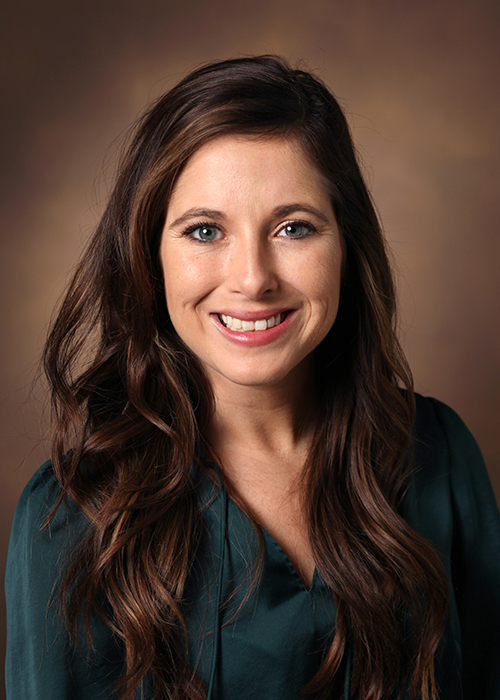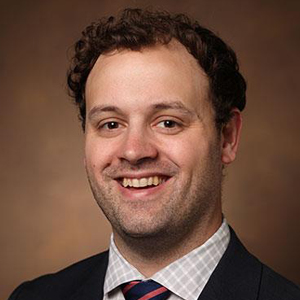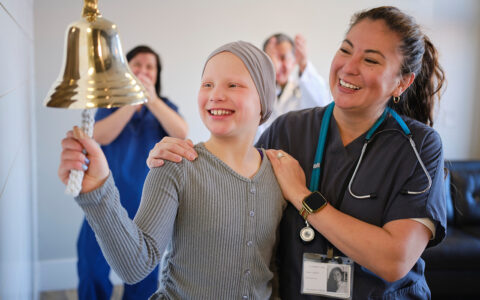Hazards faced by children born with cleft palate include the risk of temporary or permanent hearing loss, particularly before their palate is repaired between 9 and 12 months.
During this time, these babies are vulnerable to repeated bouts of otitis media with effusion, which heightens the risk of injury to the structures of the ear.
“We have relied almost solely on a relatively superficial screening to determine whether earlier follow-up is needed.”
At present, the Joint Committee on Infant Hearing recommends newborn hearing screenings for all babies and for those with cleft palate, follow-up assessments at 9 months – or post-cheiloplasty. Therefore, potentially 72 percent of infants with cleft palate who pass the initial test are not screened again for nine months or more.
Liz West Ellis, Au.D., audiology leader in the cleft palate program at Monroe Carell Jr. Children’s Hospital at Vanderbilt, is making the case for more in-depth audiology testing for babies with cleft palate at 3 months and again at 6 months.
“Often, hearing loss develops from anatomy-related effusion in the early months after birth,” West said. “We know that over 90 percent of these babies have middle ear effusion at 3 months of age, and by the time they are school-aged, 69 percent have some level of conductive hearing loss. Yet we have relied almost solely on a relatively superficial screening to determine whether earlier follow-up is needed.”
Screening is Not Predictive
The newborn screening is a sensitive measure of the cochlea and/or auditory nerve integrity, however it is not a diagnostic hearing examination. Screenings typically focus around one specific frequency, rather than multiple frequencies where hearing loss could be present, West explained.
“Babies who don’t hear clearly in these critical developmental months need interventions to keep them on-track for language development.”
“In some cases, this screen is likely missing hearing loss and in other cases, babies later develop conductive hearing loss within that first 9 months,” she said. “In either case, under the current national recommendations, the majority of these babies will likely slip through the cracks.”
To determine the extent of the missed hearing loss, West and her team recently implemented an enhanced audiologic screening protocol. In their study, the researchers looked at two groups of infants with cleft palate who passed their newborn hearing screening: 26 babies who received testing under the standard protocol at 9 months, and 38 who received an enhanced protocol with comprehensive auditory testing at 3 and 6 months of age.
Her hypothesis was that, despite a passed screening, hearing loss would be identified at these earlier milestones in a large proportion of the babies. This was robustly supported by the outcomes.
“We found that 68 percent had conductive hearing loss with 48 percent being identified by 3 months of age, and 20 percent identified by 6 months,” West said.
“Effusion can fluctuate over this period, explaining why 3-month-olds may have a higher rate of conductive hearing loss than the 6-month-olds. But the point is that, whether the loss is temporary or not, babies who don’t hear clearly in these critical developmental months need interventions to keep them on-track for language development.”
Treatment Conundrum
West explains that in cleft palate, the failure of palate fusion results in an abnormal lateral insertion of the tensor veli palatini and levator veli palatini. Eustachian tube dysfunction follows. Palatoplasty aids in correcting this muscle structure, but there is a high incidence of effusion during those first pre-surgery months.
Yet myringotomy with tympanostomy tube insertion, standard treatment for refractory ear infections, is typically avoided in these babies prior to the palate repair.
Ryan Belcher, M.D., a pediatric otolaryngologist and cleft surgeon at Vanderbilt, and senior author of the study, explains that since ear tubes are placed in conjunction with the repair of the cleft palate, he wants to avoid making earlier perforations of the tympanic membrane when possible. Further, the cleft palate condition itself makes the baby prone to ejecting the tubes early or having significant tube otorrhea.
Soft Bands Can Help
Other interventions, the researchers say, can improve the babies’ hearing considerably during this pre-surgical period. Chief among these is the soft band bone-anchored hearing aid, which conducts sound waves directly to the mastoid bones to vibrate the cochlea. To date, a donor has granted Monroe Carell 15 of these reusable devices, so that parents don’t have to pay thousands of dollars for just a few months of use.
“Often they are overjoyed when they see the improvement in hearing for their children.”
“These families know we are doing everything we can to ensure adequate hearing prior to palate repair,” Belcher says. “Often they are overjoyed when they see the improvement in hearing for their children.”
Call for a New Protocol
Monroe Carell, a major Southeast regional hub for patients with cleft palate, updated its hearing screening protocol in 2021. Today, infants with cleft palate are given an in-depth audiology exam at 3 and 6 months of age. This includes testing multiple frequency ranges and intensity levels to determine if hearing loss is present.
“So far, I have presented our protocol to my peers within Vanderbilt and plan to do so at upcoming nationwide conferences,” West said. “Now, we are following up with another retrospective study to add more numbers to our dataset to hopefully convince the commission to change its recommendations.”







